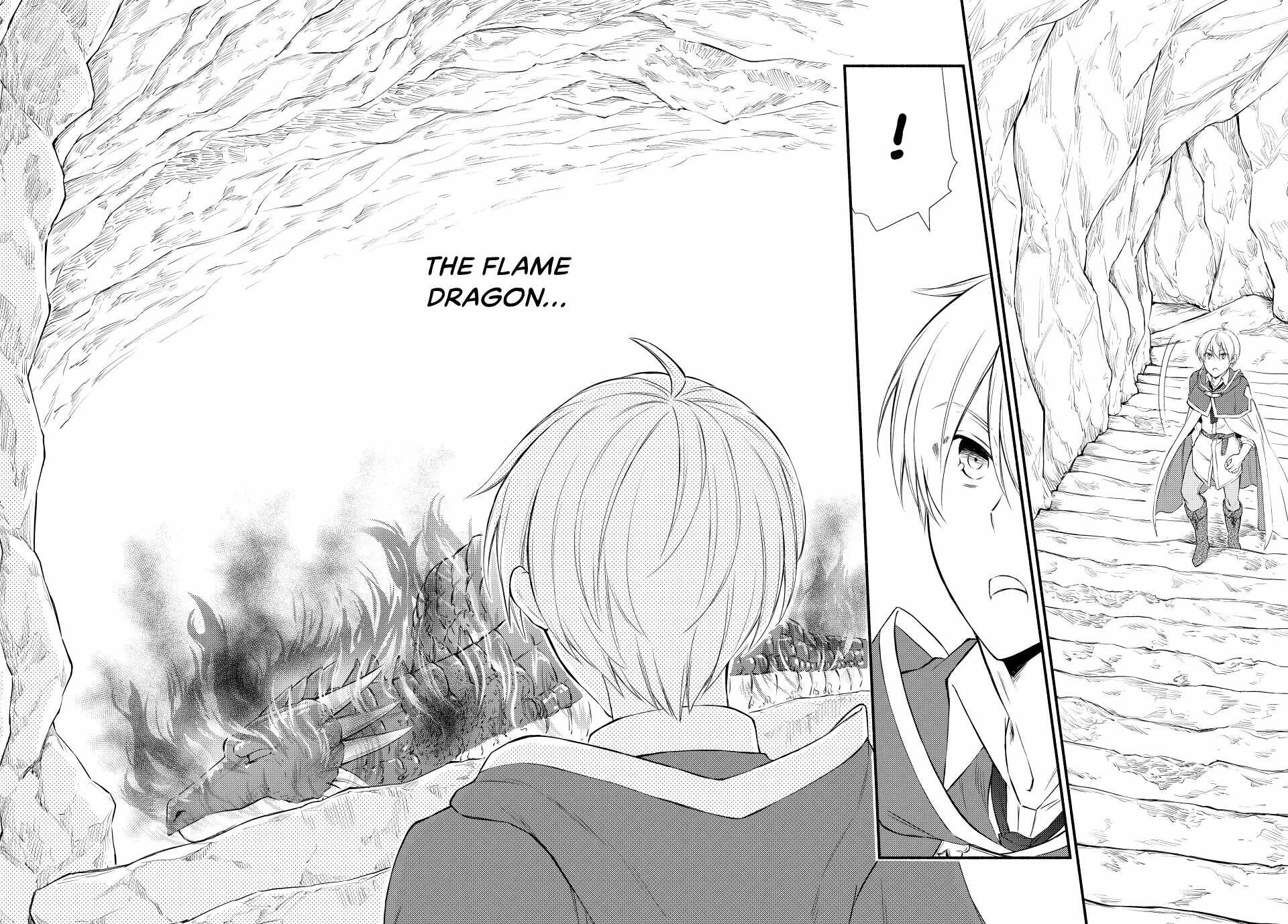Embark on a captivating journey with The Great Cleric Chapter 61, a literary masterpiece that unravels a compelling narrative, delving deep into character motivations, intricate relationships, and profound themes.
As the story unfolds, readers are captivated by the intricate web of relationships that bind the characters, witnessing their growth and evolution throughout the chapter. The pacing and structure of the narrative create a sense of anticipation, keeping readers engaged and eager to discover what lies ahead.
Character Analysis
Chapter 61 of The Great Cleric offers a rich tapestry of character dynamics, motivations, and growth. The central characters navigate complex challenges and relationships, revealing their evolving perspectives and inner conflicts.
Character Motivations and Actions
The chapter revolves around the motivations and actions of two primary characters: the protagonist, Arlan, and his mentor, the enigmatic mage Seraphina. Arlan’s unwavering determination to protect his village drives his actions throughout the chapter, while Seraphina’s enigmatic demeanor and mysterious past fuel his curiosity and suspicion.
Character Relationships and Evolution
The relationship between Arlan and Seraphina is a central focus of the chapter. Initially marked by mistrust and tension, their bond gradually evolves through shared experiences and challenges. Arlan’s unwavering loyalty and Seraphina’s protective instincts create a dynamic that both strengthens and complicates their relationship.
Character Development and Growth
Through the events of Chapter 61, both Arlan and Seraphina undergo significant character development. Arlan’s unwavering determination and compassion are tested as he faces his own limitations and the harsh realities of the world. Seraphina’s enigmatic nature gradually unravels, revealing her vulnerability and inner conflicts.
Plot Summary and Analysis
Chapter 61 of The Great Cleric is a pivotal chapter in the overall narrative, marking a significant turning point in the protagonist’s journey.
The chapter begins with the protagonist, a skilled cleric, receiving a summons from the king to embark on a perilous quest. The king tasks the cleric with retrieving a sacred relic that has been stolen by a powerful demon lord.
Pacing and Structure
The chapter is paced deliberately, with a careful balance between action and exposition. The initial exposition sets the stage for the quest, providing necessary context and motivation for the protagonist’s journey. As the chapter progresses, the pace quickens as the protagonist faces a series of challenges and obstacles on their path to retrieving the relic.
Significance in the Narrative
Chapter 61 serves as a catalyst for the protagonist’s growth and development. The challenges they face test their faith, resolve, and abilities, forcing them to confront their own limitations and strengths. The successful completion of the quest not only grants them the sacred relic but also earns them the respect and admiration of the king and their fellow clerics.
Setting and Symbolism
Chapter 61 of The Great Cleric takes place in the desolate ruins of an ancient city, providing a stark and somber backdrop for the events that unfold. The crumbling walls, overgrown streets, and shattered remnants of once-magnificent buildings serve as a constant reminder of the passage of time and the fragility of human endeavors.
This setting reinforces the themes of loss, decay, and the search for meaning in the face of adversity. The ruins symbolize the remnants of a once-prosperous civilization that has been ravaged by war, disease, or some other cataclysm. The characters who wander through these ruins are searching for answers, for a sense of purpose, and for a way to rebuild what has been lost.
Symbols
The chapter also uses several symbols to convey its themes and ideas. The most prominent of these is the broken sword, which is found by the protagonist, Rian. The sword is a symbol of the shattered hopes and dreams of the people who once lived in the city. It is also a reminder of the violence and destruction that has taken place here.
Another important symbol is the raven, which is often associated with death and misfortune. The raven appears several times throughout the chapter, and its presence serves to foreshadow the tragic events that are to come.
Contribution to Atmosphere and Themes
The setting and symbolism of Chapter 61 work together to create a sense of atmosphere that is both haunting and thought-provoking. The desolate ruins and the ominous symbols suggest a world that is broken and lost. The characters who wander through this world are searching for meaning and purpose, but they are constantly reminded of the fragility of life and the inevitability of death.
Themes and Motifs: The Great Cleric Chapter 61

Chapter 61 of The Great Cleric explores profound themes and motifs that shape the narrative and illuminate the characters’ journeys.
Sacrifice and Redemption
Sacrifice emerges as a central theme, as characters confront difficult choices and the consequences of their actions. The cleric, burdened by past sins, seeks redemption through selfless acts. His struggle highlights the transformative power of sacrifice and the possibility of atonement.
The Weight of the Past
The past weighs heavily on the characters in Chapter 61. The cleric grapples with the guilt of his past mistakes, while other characters struggle with the legacy of their ancestors. The novel explores the lasting impact of the past on the present, and the challenges of overcoming its burden.
The Power of Belief, The great cleric chapter 61
Belief plays a pivotal role in Chapter 61. The cleric’s unwavering faith in his god sustains him through trials and tribulations. The novel examines the power of belief to inspire hope, provide guidance, and shape destiny.
Closure

In conclusion, The Great Cleric Chapter 61 stands as a testament to the power of storytelling, inviting readers to delve into a realm of complex characters, thought-provoking themes, and an unforgettable narrative experience.
Helpful Answers
What are the central themes explored in The Great Cleric Chapter 61?
The chapter explores themes of faith, destiny, and the struggle between good and evil.
How does the setting of the chapter contribute to its atmosphere?
The desolate and war-torn setting creates a sense of urgency and despair, reflecting the characters’ inner conflicts.